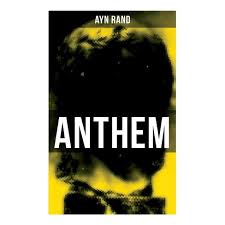PART FIVE
byPart 5 begins with a moment of discovery that forever alters the narrator’s path. Working alone in the tunnel, away from the rigid supervision of the city’s authorities, they manage to unlock a force long forgotten. It is not born from fire or stone but from the quiet cooperation of metal and wire. The moment the current flows and the wire glows red, they see something sacred—light born not of flint or sun, but from the hands of one mind pursuing knowledge. It fills them with awe. In that brief glow, they grasp a power once thought lost, or worse, forbidden. What they have made stands as a symbol of what one person can achieve when not bound by fear.
They extinguish all other light sources to observe the glowing wire in total darkness. The contrast is overwhelming. In the silence and gloom, this small illumination becomes a symbol of hope and rebellion. It doesn’t just brighten the tunnel—it brightens thought. A world once lit only by torches and sun is now met with something new, something from within. The narrator feels not only pride but a deep sense of destiny. What lies in their grasp is not simply a tool—it’s a path forward, away from the dull sameness forced upon all. They begin to wonder what else the world might yield if people were allowed to think freely.
With this success comes a new challenge. The narrator realizes that sweeping streets cannot compare to unlocking nature’s hidden forces. The calling is too strong. The invention must not be kept in the dark. Even if society rejects it, the truth of what has been discovered must be shared. They cannot go back to pretending to be like everyone else. A mind once awakened cannot return to sleep. They are compelled to bring this light into the world, despite the cost.
Every step now becomes deliberate. They will not hide. This discovery must be shown, even to those who will not understand it. The light is not just useful—it is beautiful, born from curiosity and persistence. The narrator imagines it lighting entire cities, replacing the smoke and dimness of fire with clean brilliance. It could change how people live, how they see, how they think. The potential is limitless. But they know, too, that this power threatens the rigid control of the society above.
Still, hesitation does not win. The narrator feels that silence would be a betrayal—not only to themselves but to the future. What they hold is not just a machine. It’s a message. A message that truth can still be found, and that it can be created by one person’s effort. They resolve not to bury it. Instead, they will bring it before the Council, believing—perhaps naïvely—that its value will be seen.
Their decision is not made lightly. They understand the danger. They are not ignorant of what the rules say. But they believe in the power of truth, of progress, of reason. The machine glows in the darkness, asking to be known, to be shared. They answer its call. Their heart beats with both fear and determination. No longer just a Street Sweeper, they have become something else. A seeker. A maker. A rebel.
The chapter ends with a sense of quiet preparation. The narrator continues to test the device, learning from it, refining it. Each adjustment deepens their understanding, sharpening their resolve. The future is uncertain, but the path has been chosen. In a world of sameness, this one act of light becomes a beacon not just for illumination, but for freedom. A new chapter of existence begins—not with a crowd, but with one solitary figure, cradling a spark in the dark.

